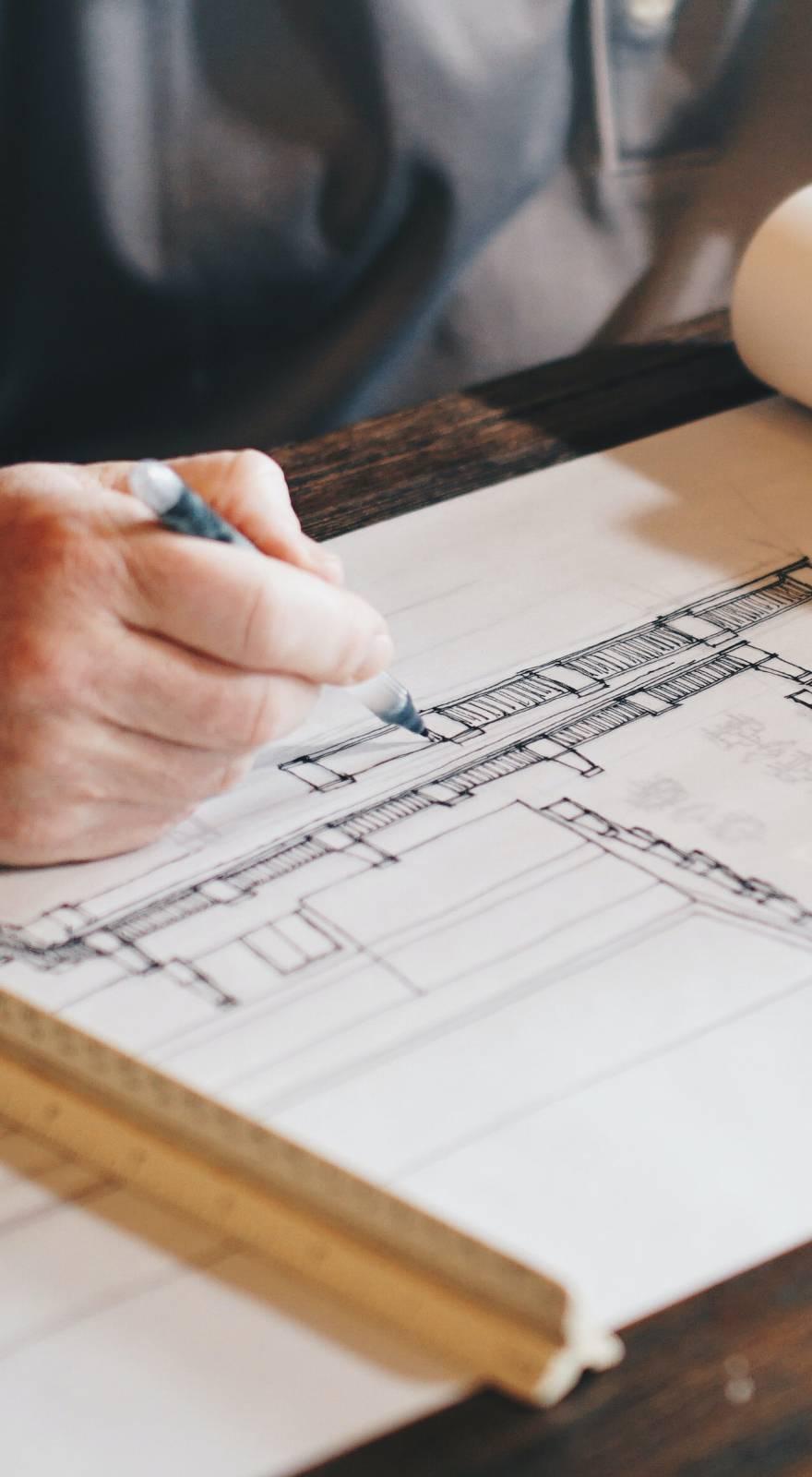Knowde Enhanced TDS
Identification & Functionality
- Chemical Family
- Product Type
- Technologies
- Product Families
Features & Benefits
- Labeling Claims
- Ready-to-Use Product Features
- Advantages
- High resistance to chemical corrosion and physical abrasion.
- Zero VOC.
- Minimal odor and toxicity.
- Viscosity is well suited for vertical applications.
Applications & Uses
- Applications
- Application Area
- Cure Method
- Uses
- Pipelines.
- Channels.
- Tank linings.
- Chemical resistant coating.
- Can be used as saturant for QuakeWrap® fabrics.
- Coverage
- Applied at a thickness of 15 mils results in 100 ft² per gallon.
- Rough and uneven surfaces result in lower yields.
- Application Equipment
- Paint roller with ¼” nap.
- Use only naps which are approved for use with epoxies.
- Surface Preparation
- Substrate surfaces must be structurally sound and free from contaminants such as dust, oil, and dirt.
- Surfaces must be shot blasted, abrasively ground, hydro-blasted or mechanically abraded to achieve the required surface profile.
- Freestanding water must be removed.
- Mixing
- Thorough and complete mixing is critical; a jiffy mixer is recommended.
- First, mix each component separately.
- The proportion of each component at the appropriate ratio by weight (A:B ratio of 100:42).
- Pour the hardener (Part B) into the resin (Part A) and mix at 400 - 600 RPM for 3 - 5 minutes.
- Use an up and down motion, scraping the mixing container sides and bottom.
- Mix no more material than may be applied in 15 minutes.
- Cleanup
- Collect with absorbent material, flush with water.
- Clean up using acetone or other ketone solvents.
- Dispose waste in accordance with local disposal regulations.
- Cured materials can only be removed mechanically.
- Limitations
- Do not apply to concrete still in the curing process.
- Do not apply to substrates at a temperature less than 50°F (10°C).
Properties
- Physical Properties
- Typical Properties
- Chemical Resistance Guide
For 3-week Immersion:
Chemicals % Weight Gain Xylene 0.06% Toluene 0.15% MEK 12.28% EB 0.45% Ethanol 1.67% Water 0.66% 5% Detergent 0.67% 10% NaOH 0.52% 50% NaOH 0.00% 10% H2S04 0.87% 70% H2S04 0.01% 10% HCL 0.66% 5% Acetic Acid 2.20% 10% Acetic Acid 3.96%
| Value | Units | Test Method / Conditions | |
| Compressive (Cured System) | 12,000 - 14,000 | psi | D695 |
| Flexural (Cured System) | 13,000 - 13,800 | psi | D790 |
| Tensile (Cured System) | 7,000 - 8,000 | psi | D638 |
| Abrasion Wear Index | 457.0 | mg | D4060 |
| Elongation (Cured System) | 3.2 | % | - |
| Water Absorption (Cured System) | max. 1 | % | - |
| Hardness (Cured System) | 85.0 | Shore D | - |
| Value | Units | Test Method / Conditions | |
| Viscosity (Resin) | 12000.0 | cps | - |
| Viscosity (Hardener) | 200.0 | cps | - |
| Viscosity (Mixed) | 1400.0 | cps | - |
| Density (Resin) | 10.4 | - | - |
| Density (Hardener) | 8.7 | - | - |
| Density (Mixed) | 9.9 | - | - |
| Specific Gravity (Resin) | 1.25 | - | - |
| Specific Gravity (Hardener) | 1.05 | - | - |
| Specific Gravity (Mixed) | 1.19 | - | - |
| Mix Ratio / Volume | 2:1 | - | - |
| Work Life | 15.0 | minutes | - |
| Gel Time | 25.0 | minutes | - |
| Cure (25°C Light Traffic) | 24.0 | hours | - |
| Cure (25°C Full Cure) | 7.0 | days | - |
Packaging & Availability
- Packaging
- 3-gallon kits.
- 15-gallon kits.
- 165-gallon drum kit.
Storage & Handling
- Shelf Life & Storage
- Store product in original container in a dry location for up to 12 months at 77°F (25°C).
- Liquids should be stored at 45°F - 90°F (7°C - 32°C).

